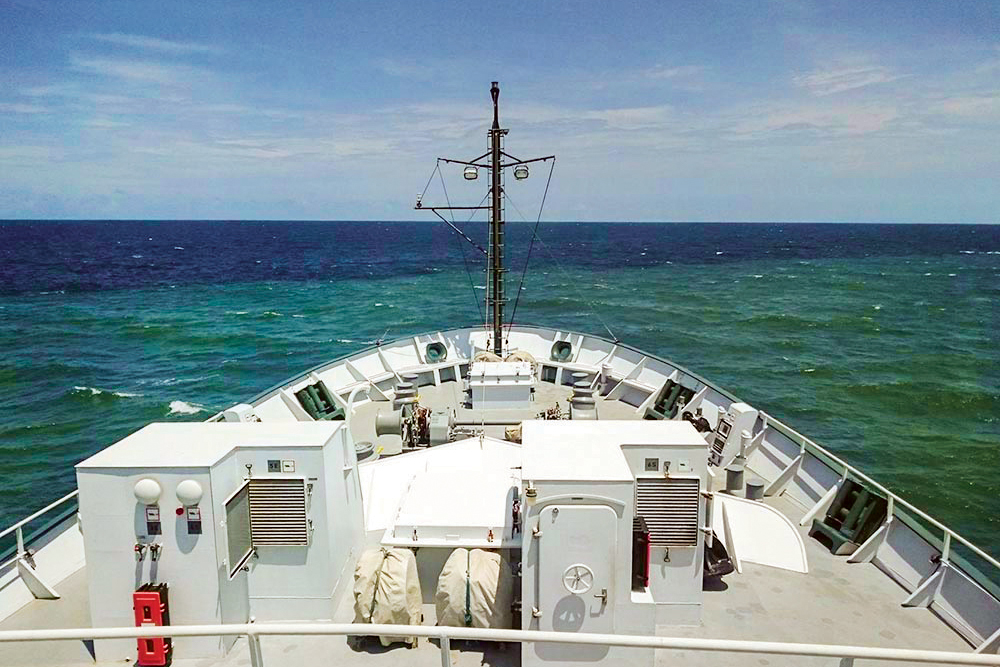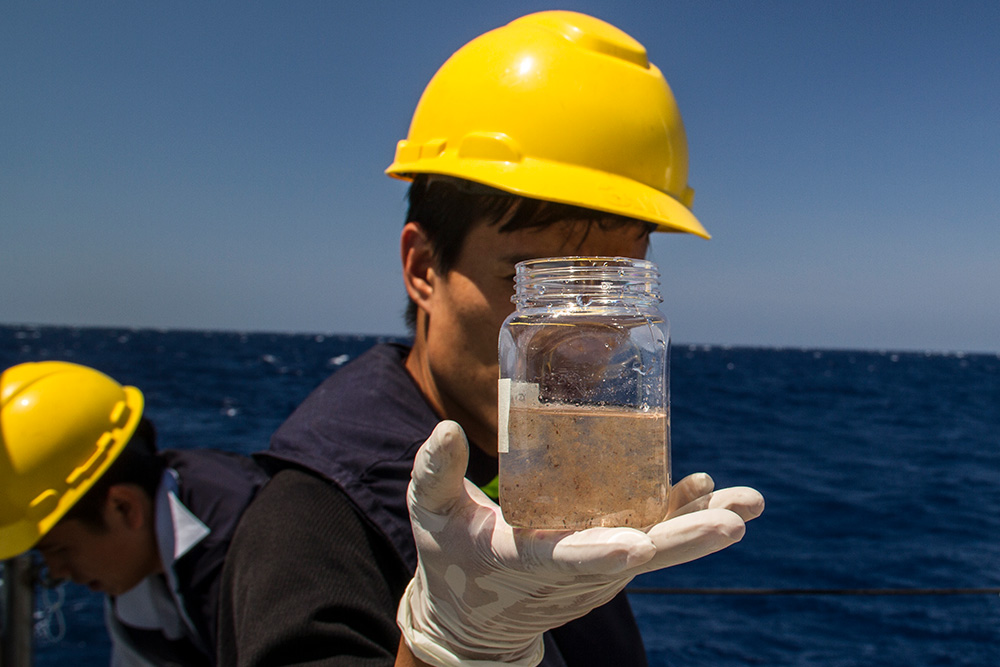The Mekong River flows nearly 4,100 kilometers through six countries, and is the twelfth longest river in the world. In June, Dr. Joseph Montoya from Georgia Institute of Technology and his team explored how one of the world’s great river systems influences the ocean and surrounding seas.

The Mekong River has been significantly influenced by anthropogenic impacts including sewage loading, fertilizer use, mangrove destruction, and dam construction, and more than 60 dams are planned to be built along the river in the next 20-30 years. The rapid changes to this environment provide an important area of study for understanding how these riverine inputs impact the nearby ocean.
The South China Sea is of particular interest due to its natural upwelling, which brings water and nutrients from the depths of the ocean to the surface. A variety of biological processes are affected by the circulation of the South China Sea, especially during upwelling, which has a strong effect on the spatial distribution of phytoplankton biomass and activity. The science team wanted to better understand how contributions from the Mekong River’s plume and the natural upwelling interact and promote the growth of plankton, fish, and other organisms.
Scientists aboard Falkor completed over 112 net tows and more than 48 CTD casts, allowing for 21,000 square kilometers of ocean to be surveyed for biological, chemical, and physical measurements. “Every time we dropped the rosette, we were seeing a new part of the ocean that had never been sampled before,” said Chief Scientist Joseph Montoya. “These are fascinating waters, we found something unexpected almost everyday,” echoed Dr. Ajit Subramaniam.
The team located many phytoplankton communities in unexpected and different places than hypothesized. The data collected will allow them to look at the exchange of nitrogen and carbon between cells in the phytoplankton community. The expedition was one of the few opportunities to study this area before significant changes in nutrient and organic matter loading materialize from adjustments in the river basin. The data acquired provides a crucial overview of the South China Sea early in this transition, helping scientists better understand how man-made activities enacted deep inland have repercussions in the ocean.




